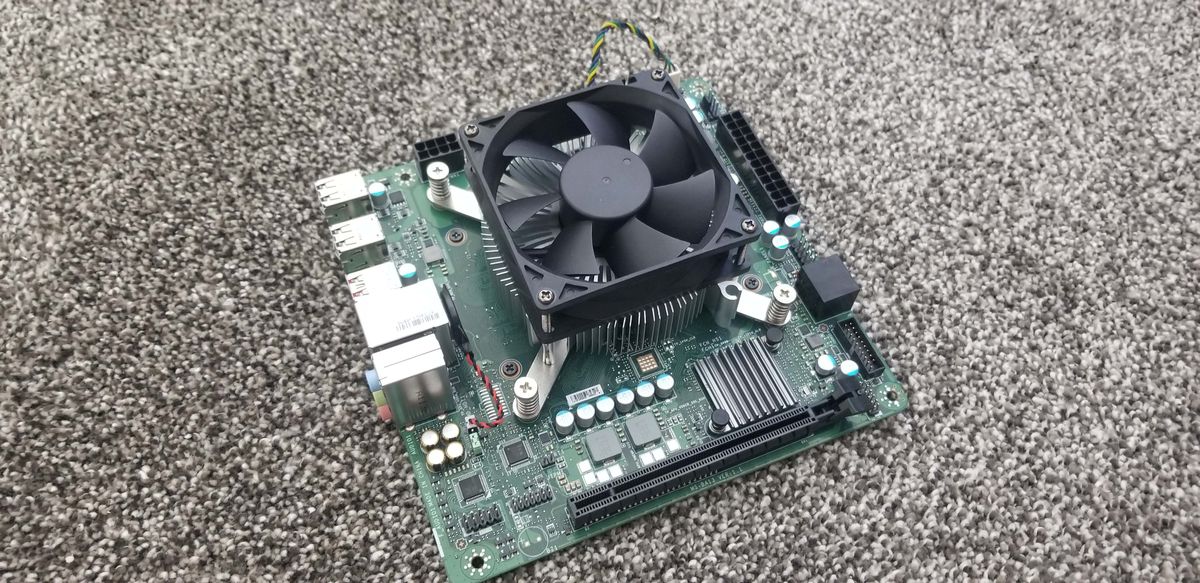GDDR6 prices have dropped substantially over the past 18 months. Spot prices are now a quarter of what they were at the height of the crypto mining boom.
GDDR6 VRAM Prices Plummet: 8GB of Memory Now Costs $27 : Read more
GDDR6 VRAM Prices Plummet: 8GB of Memory Now Costs $27 : Read more





